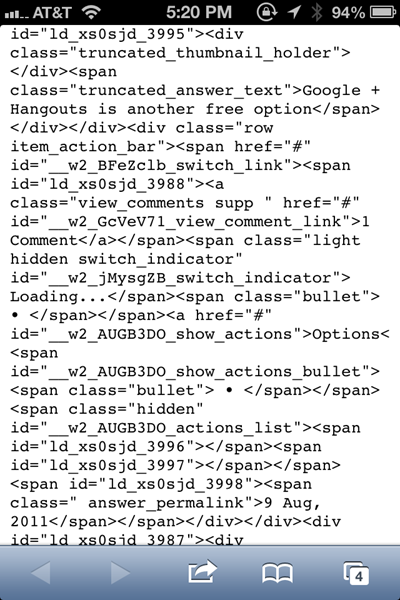TL;DR: I've just spent several hours chasing a socially engineered (not password compromised) stolen Kindle through a series of phone calls, chats, virtual shipping addresses, UPS tracking numbers and more. The irony is that my wasted time is the real loss.
NOTE: Amazon Kindle Support is, and continues to be truly amazing. However, in this instance, they have flawed policies that I have no doubt will be fixed.
All this for the want of a $119 Kindle. Let me start over.
Yesterday I got an email from Amazon that said:
I'm writing to follow-up on our recent chat conversation.
I'm sorry to hear about the problem with your Kindle. I'm sending you a replacement Kindle via Two-Day shipping to get it to you as soon as possible.
...
Guaranteed Delivery Date: Tuesday, February 12, 2013.
Hm? What? Is this a Phish? No, all the links are valid, email return path is correct, and I confirmed I've received emails like this before.
I log into my Amazon account and I see:

Holy crap. I didn't order that. I click Cancel. Then I get this email a few minutes later:
We weren't able to cancel the following item(s) from your order:
Kindle Paperwhite 3G, 6" High Resolution Display with Built-in Light, Free 3G + Wi-Fi
Looks like they are so efficient that they got the Kindle on the truck already. I check UPS. It's on the way to my house.
I login to Amazon's "Manage Your Kindle" page, and sure enough, there's already 'Scott's 2nd Kindle' sitting there, ready to go. I deregister it.
Hm? Why is this useful? Why do they want a Kindle sent to my house?
At this point I call Amazon and explain the situation to a human. Sue is SUPER nice, SUPER knowledgeable and immediately I can tell she gets it, so someone give Sue G. a raise. She says she's taking it to Fraud and I should hear from them soon. I want to point out here that I'm talking to a human on the phone here.
Sue looks through their details and says there are a series of chats with "Scott" using their Live Chat system. So, this is a social engineering hack, not a "password compromised" hack. The person has reported that "Scott's" Kindle is broken and has asked for a replacement, but then later tried to redirect the delivery. The customer rep says they can't redirect it. However, it appears the bad guy tried multiple support folks until they finally got the package redirected. More on that in a second.
Note that none of this required anything more than my address and my email. They were able to get the Amazon Customer Service to accept that they were me without my password or any additional verification.
I ask Sue to send me the chat logs. She talks to a supervisor and says she can't send them to me because the chat logs contain the address that the bad guy wants to redirect to. She does tell me the redirect address is in Portland, however.
ASIDE: Amazon customer support also "brick" the Kindle for me. It's not just Deregistered (disassociated from my account) now, but it's remotely deactivated. However, I still don't want the bad guy to succeed.
Sue also mentions that the bad guy asked that the customer representative "not bother to send a follow up email, as I never check my email anyway." The bad guy is consistent in this behavior, always asking to avoid the return emails so I won't see them. Of course, the automated system can't NOT send the follow up, which is why we're here now. If that automated email hadn't gone out I wouldn't have noticed this hack until I checked my Amazon Recent Orders at some point in the future.
ASIDE: It's rather ironic that the bad guy's address has more privacy than I do.
RECOMMENDATION: I recommend that Amazon implement a policy wherein they email the complete customer chat transcripts after the chat completes. Additionally, my chat transcripts are mine and should be available to me online.
I figure it's done and I go about my day. Next morning I wake up to see a bunch of mails like this, all from different people at Amazon:
Thank you for contacting Amazon.com about your inquiry. It was a pleasure to help you with your concern.
I can confirm that we still expect to ship your order in time to be delivered to you by February 12th, 2013.
We'll send you an e-mail when your order is shipped with your tracking number. Your order could ship any time between now and right before the estimated delivery date.
Waa? What "concern?" I go to UPS and check the tracking number for the ill-gotten Kindle.
Note the times. Someone is doing this when Amazon phone support is overseas, or when they (the bad guy) is overseas, or at least, up late.
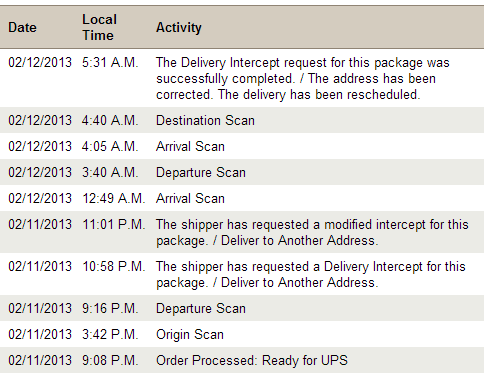
They are still trying to redirect the Kindle to another address, again with the web chat system and multiple times. This sure is a lot of work for a Kindle.
I call Amazon again and re-explain what's up. I ask for the chat transcripts again but they won't send them. Simultaneous to this phone call I email Amazon Customer Support and ask for the chat transcripts (via email, just to be clear) and the chat transcripts show up quickly in my inbox. Doh.
RECOMMENDATION: I'm reiterating here. Policies only work when everyone follows them. The phone folks at Amazon are very consistent, but the chat and email support is, in this case at least, demonstrably spotty.
NOTE: The bad guy isn't "ordering" new stuff, but rather requesting a replacement of an existing product exploiting Amazon's liberal warranty replacement service, then redirecting the package.
OK, now I've got chat transcripts. Here's the annotated and edited transcript.
In case it's not crystal clear here, that's not me chatting here.
Transfer Notes : May I check on my replacement Kindle shipment status that was placed earlier today?
10:11 PM Scott is off hold.
10:12 PM Scott : Hi [Name withheld]
10:12 PM Amazon Rep : Hello, Scott.
10:12 PM Amazon Rep : Could you please help me with the order number?
10:13 PM Scott : I do not have the order number with me right now. Could you please help look into my account? The order was placed earlier in the day.
(ED: Note to Amazon, this is odd, as they are sitting at a computer)
10:13 PM Amazon Rep : Scott, I need the email address associated with your amazon account?
10:13 PM Scott : sure.
10:13 PM Scott : [my email address]
10:14 PM Amazon Rep : Please give me a minute to check that.
10:15 PM Amazon Rep : Before I can view your account I'll need to do a quick security check. Please confirm the email address, complete name, and billing address on your account.
10:16 PM Scott : [my address]
10:16 PM Scott : scott hanselman
10:17 PM Amazon Rep : Thank you for the information.
10:19 PM Amazon Rep : The kindle device which your referring to will be delivered to you by: Tuesday, February 12, 2013
10:19 PM Scott : do you have the tracking number for this shipment?
10:20 PM Amazon Rep : Yes, the tracking number is 1Z0ERxxxxxxxxxxxx
10:23 PM Scott : Thank you.
10:23 PM Amazon Rep : You’re welcome!
10:24 PM Scott : Please hold on.
10:24 PM Amazon Rep : Sure.
10:25 PM Scott : May I know how can I change the shipping address?
10:25 PM Scott : I just contacted UPS, and was told to contact the shipper, which is Amazon, to change the shipping address.
10:25 PM Amazon Rep : This is the shipping address:
Scott Hanselman
[my address]
United States
(ED: Note that they included "United States." This tells me this was copy pasted. No one writes that.)
Primary Phone: [my phone]
10:26 PM Scott : Yes, but I would like to change the shipping address.
10:26 PM Amazon Rep : I am sorry, the shipping address cannot be changed now, since the item has been shipped.
10:27 PM Scott : I understand, but UPS told me that this is still possible, but only Amazon can contact UPS to do so.
10:27 PM Scott : Are you able to transfer me to someone who is able to help out?
10:27 PM Amazon Rep : Please give me a minute to check that.
10:29 PM Amazon Rep : Thank you for being on hold.
10:29 PM Amazon Rep : I've contacted UPS and asked them to hold this package for you.
10:29 PM Scott : ?
10:30 PM Scott : I do not need UPS to hold the package for me.
10:30 PM Scott : Please confirm with me first before making any changes.
10:30 PM Amazon Rep : I understand that you want to change the address, but that cannot be done now since the package has been shipped.
10:31 PM Scott : Could you please help me call UPS to enquire?
10:31 PM Amazon Rep : Sure.
10:32 PM Scott : If you are not able to make any outgoing calls, please transfer me to a colleague who may do so.
10:34 PM Amazon Rep : Please give me a minute to do that.
10:34 PM Scott : Sure.
10:35 PM Scott : http://www.ups.com/content/us/en/resources/service/delivery_change.html
10:41 PM Amazon Rep : Scott, could you please help me with the address to which you want the package to be redirected to?
10:41 PM Scott : Sure.
10:42 PM Scott : [Address in Portland with "NUM99999" at the end of the street]
(ED: This US address is a "Shipping Portal into another country. More on this soon.)
10:43 PM Amazon Rep : Thank you for the information.
10:43 PM Amazon Rep : Please be on hold while I contact UPS regarding it.
10:52 PM Amazon Rep : Thank you for being on hold.
10:52 PM Amazon Rep : Could you please help me with your phone number?
10:53 PM Scott : No worries.
10:53 PM Scott : Sure
10:53 PM Scott : 425-406-xxxx
(ED: I called this. It's a disconnected VOIP number)
10:53 PM Amazon Rep : Please give me a minute.
10:55 PM Amazon Rep : Could you please help me with your country code?
10:56 PM Amazon Rep : Thank you.
11:01 PM Amazon Rep : I am sorry for the delay.
11:01 PM Scott : No worries.
(ED: Conjecture: People comfortable with English say this. This isn't something you hear a lot of non-natives say.)
11:01 PM Amazon Rep : I have requested for a delivery change of the address to the UPS carrier.
11:02 PM Scott : Thank you. May I know when is the scheduled delivery date?
11:03 PM Amazon Rep : You're Welcome. Yes, it will be delivered as scheduled.
11:03 PM Amazon Rep : Here is the link, you may view the details:
http://wwwapps.ups.com/WebTracking/processInputRequest?
11:04 PM Scott : Thank you so much. You do not need to follow up with an email to me as I hardly check my emails. Would that be okay?
(ED: Seriously?)
11:05 PM Amazon Rep : You're Welcome. I am sorry, I'll need to send you an follow up email.
11:05 PM Scott : Oh. You do not have to do so actually.
11:06 PM Amazon Rep : I understand your concern, but as per our policy I'll need to send you an email.
11:06 PM Scott : An auto generated email to complete the survey is fine.
11:06 PM Amazon Rep : Okay, sure.
11:07 PM Scott : I will complete the survey when I have the time, but you don't have to include other details in the email.
(ED: Not cool, Amazon.)
11:07 PM Amazon Rep : Sure, Scott. I'll do that.
Amazon Fraud will handle the IP address tracking and deal with the bad guy, but now I have an address. I get a website and phone number from the address. It's a global shipping logistics company. The weird number at the end of their address is a Virtual Routing number.
An address with a number after it allows folks to have a package mailed to them in the US, then the package is transparently forwarded overseas. This number points to an account they have with a post office in a country in Southeast Asia. They received packages from all over, consolidate them, then ship them on masse. This allows governments and companies (and apparently bad guys) to order stuff from companies inside the US, then pay the international shipping and tariffs as a large shipment when it's sent overseas.
I call UPS with Amazon and we initiate an irreversible Return to Shipper. Amazon Fraud is on it, police contacted. This event is done.

UPDATE: Looks like the use of a Domestic Remailer company also hit Chris Cardinal. Someone tried to have a product mailed to an address in Portland, to a different "logistics company" that forwards mail overseas.
Buy why?
Why all this work for a Kindle? No rock solid idea. Perhaps:
- Practice? If they can do one they can do 10, then 100?
- Kindles, especially 3G Kindles, are preregistered to an account that may have One Click Ordering turned on.
How does Amazon fix this?
Here's my recommendations to Amazon on how to fix this.
- The IP address that the chat happened from was clearly not mine, nor was it likely in my neighborhood.
- Amazon, like a bank, should notice if a chat or request happens from an unknown location and enforce secondary protocols to check identity.
- Everything was done over web chat without the user being logged in.
- No order change should EVER happen anonymously over web chat. Authenticate the user the way you already know how - by making them log in.
- The bad guy was saying clearly suspicious things. They asked the rep NOT to send emails. That behavior is not normal.
- Train customer service reps to watch for obviously sneaky behavior, and re-authenticate.
- The chat transcript wasn't emailed to me. I was notified about an interaction, but not given the context.
- All chat transcripts should be emailed to the account owner after they are concluded. Chat transcripts should be available to me from my account pages.
- A half dozen attempts were made in a short period.
- It appears that the customer reps didn't read the previous interactions and notice that this person was effectively phishing the reps themselves, trying to get satisfaction.
- The UPS shipping redirect was allowed without authorization.
- Changing where something is shipped is a big deal. It should be done with significant authentication in place.
- The resulting destination address was a known international logistics package distributor.
- There are three in Oregon, which means there are likely only a few hundred, maybe a thousand in the US. Scrutinize orders sent to these "mail launderers."
What do you think?
Hosting By


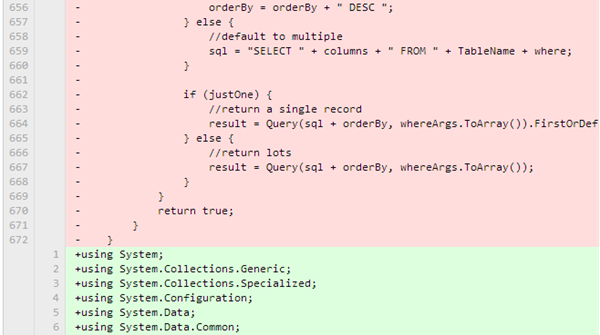
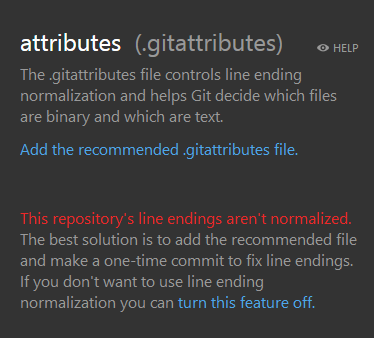 It uses the native line ending for your platform. But if you spend a few minutes googling around you'll find arguments several ways with no 100% clear answer, although most folks seem to believe GitHub has the right one.
It uses the native line ending for your platform. But if you spend a few minutes googling around you'll find arguments several ways with no 100% clear answer, although most folks seem to believe GitHub has the right one.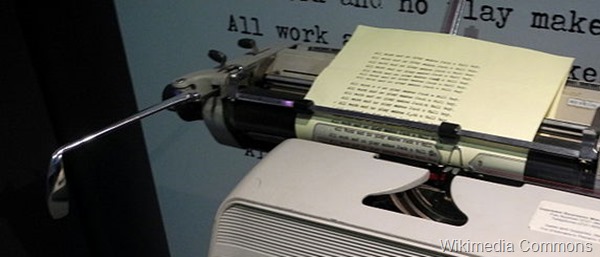

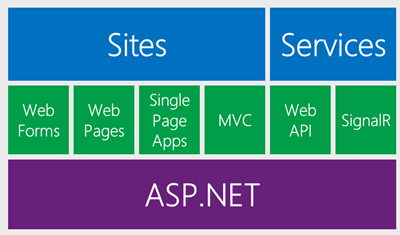
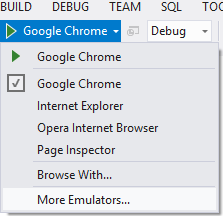 Mobile Emulator support adds extensibility hooks so that third-party emulators and unusual browsers can be installed as a VSIX. The installed emulators will show up in the F5 dropdown, so that developers can preview their websites on a variety of devices. Read more about this feature in my entry on
Mobile Emulator support adds extensibility hooks so that third-party emulators and unusual browsers can be installed as a VSIX. The installed emulators will show up in the F5 dropdown, so that developers can preview their websites on a variety of devices. Read more about this feature in my entry on 







